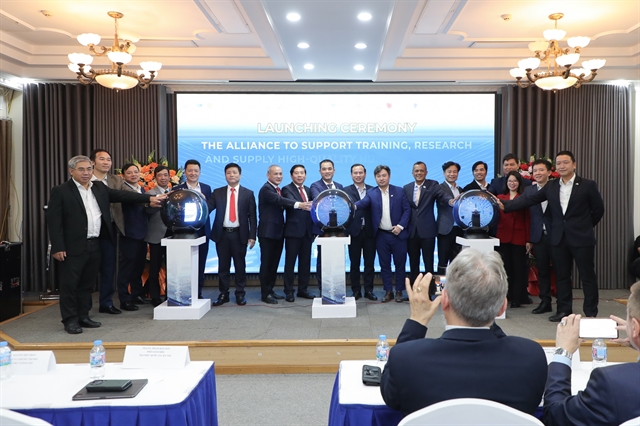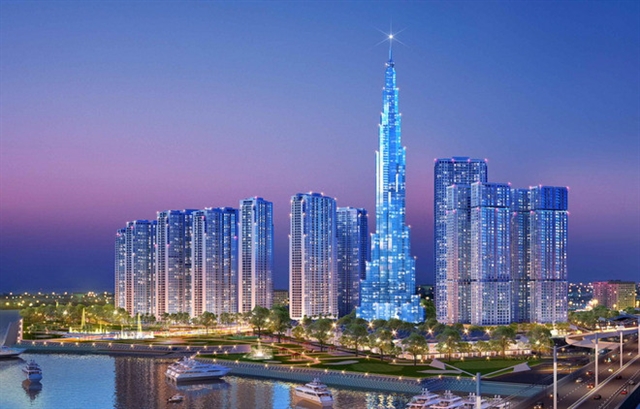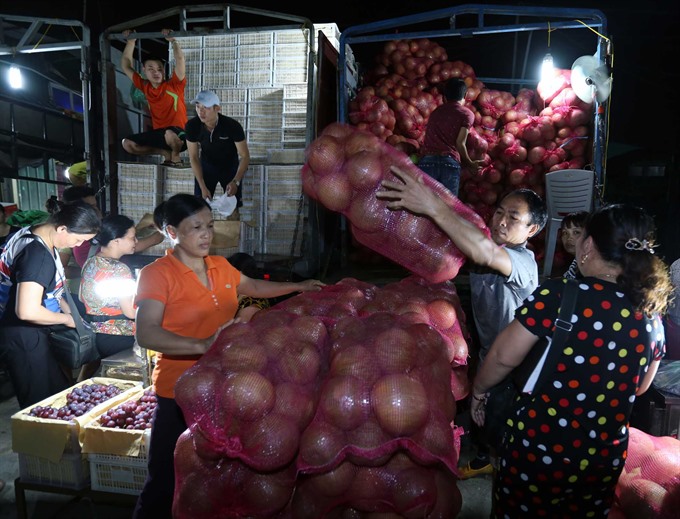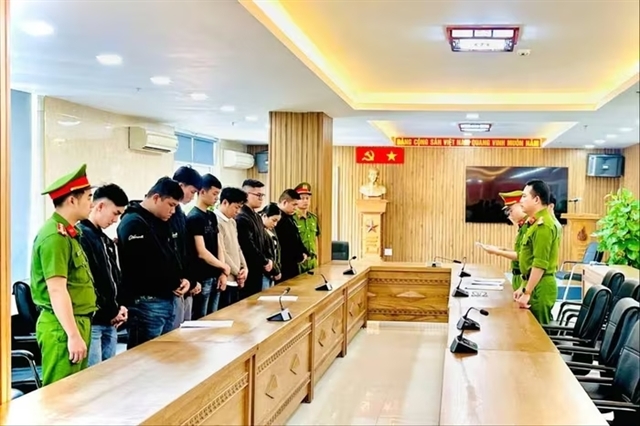 Society
Society

Many countries in the East Asia and Pacific region face the threat of social divisions that could hurt efforts to reduce poverty, according to a World Bank report released yesterday.
 |
| Migrant workers work at night at the Long Biên Wholesale Market in Hà Nội. The urban poor face big difficulties in accessing jobs, affordable housing and other services. They are also more at risk when storms hit, because they usually live in flood-prone areas. — VNA/VNS Photo Vũ Sinh |
HÀ NỘI — Many countries in the East Asia and Pacific region face the threat of social divisions that could hurt efforts to reduce poverty, according to a World Bank report released yesterday.
It says that the threat applies to countries of middle-income status in particular.
The countries are a critical juncture in their urbanisation and growth process where potential social divisions in cities could harm prospects for future poverty reduction, the report says.
Titled “Expanding Opportunities for the Urban Poor,” the report says urbanisation in the region has created enormous opportunities for many, but the rapid growth of cities has also created challenges including the lack of affordable housing, deficits in the provision of basic services, and widening inequality for urban dwellers.
The region’s average annual urbanisation rate of 3 per cent has helped lift 655 million people out of poverty in the last two decades. However, the region also has the world’s largest slum population: 250 million people with poor-quality housing, limited access to basic services, and at risk of hazards like flooding.
The report says Việt Nam’s urbanisation rate, mostly in Hà Nội and HCM City, is double that of its population growth at 3.2 per cent per year. Up to 23 per cent of young people aged 15-21 have moved to urban areas over the past five years, it says.
It warns that cities across the region – the world’s most rapidly urbanising region – are not delivering infrastructure, jobs, and services at a the same pace as urban development, leading to widening inequalities that may hamper economic growth and lead to social divisions.
Failure to expand opportunities for the urban poor impacts the countries’ growth potential. The report notes that in high-income countries like Japan and Korea, inclusive urbanisation created the space for higher economic growth.
Throughout the 1970s and 1980s, Singapore’s economy grew at an average of 8 per cent annually, largely due to an urban planning strategy that delivered effective infrastructure, affordable housing, and social services.
“Cities across East Asia have propelled the region’s tremendous growth. Our collective challenge is to expand opportunities to all in the cities – from new migrants living in the peripheries to factory workers struggling to pay rent – so that they can benefit more from urbanisation and help fuel even stronger growth,” the report quotes Victoria Kwakwa, WB Vice President for East Asia and the Pacific, as saying.
Amongst the challenges faced by the urban poor is the lack of access to jobs, public transport and other infrastructure, and affordable housing. Slum residents are also more at risk to disasters, as the communities are often in low-lying flood-prone areas.
The report encourages city governments to have a multi-dimensional approach to planning, incorporating aspects of economic, spatial, and social inclusion to foster economic growth and reduce poverty.
Judy Baker, WB Lead Urban Specialist and lead author of the report, says: “Rapid urbanisation is a challenge and an opportunity. Provide low-income residents with affordable transport services or housing, so they can save for their children’s education. Ensure that social protection programs are in place to help families cope during difficult times, such as in the aftermath of natural disasters.
“Solutions for inclusive urban growth are not one-size-fits-all, but they are practicable, effective, and necessary for the greater good.”
The report proposes ten guiding policy principles that can be adapted to specific circumstances. These include connecting the urban poor with job markets; investing in integrated urban planning; ensuring affordable land and housing; recognising the rights of all citizens to the city; targeting marginalised sub-groups among the urban poor; strengthening local governance and embracing citizen engagement; and investing in better data and information systems for evidence-based policy making.
It also underscores the need for Việt Nam to have a flexible and multi-dimension approach to controlling housing supply, facilitating the supply of low-cost housing and involvement of private firms in home building, and linking transport with outlying areas. — VNS




